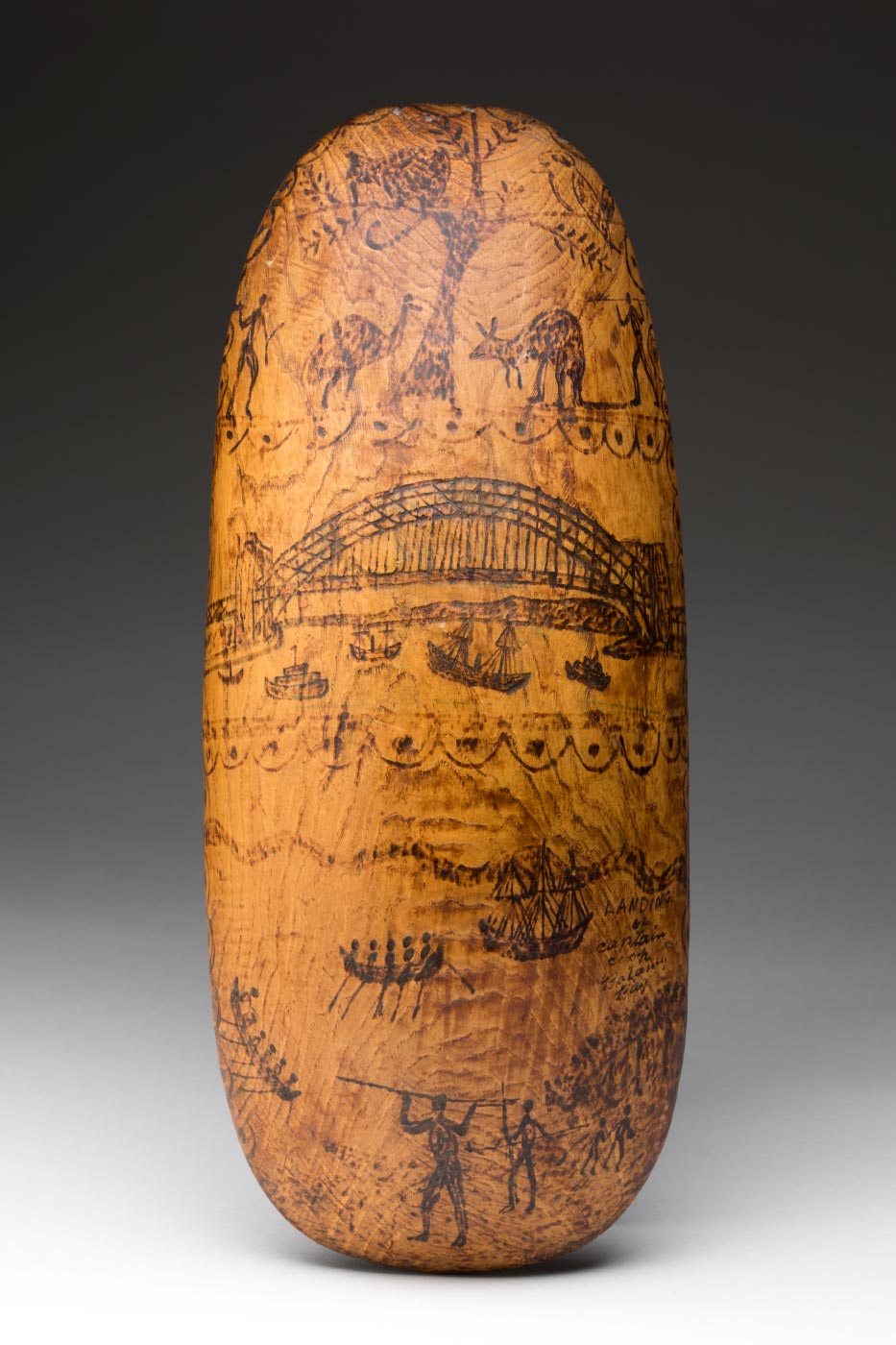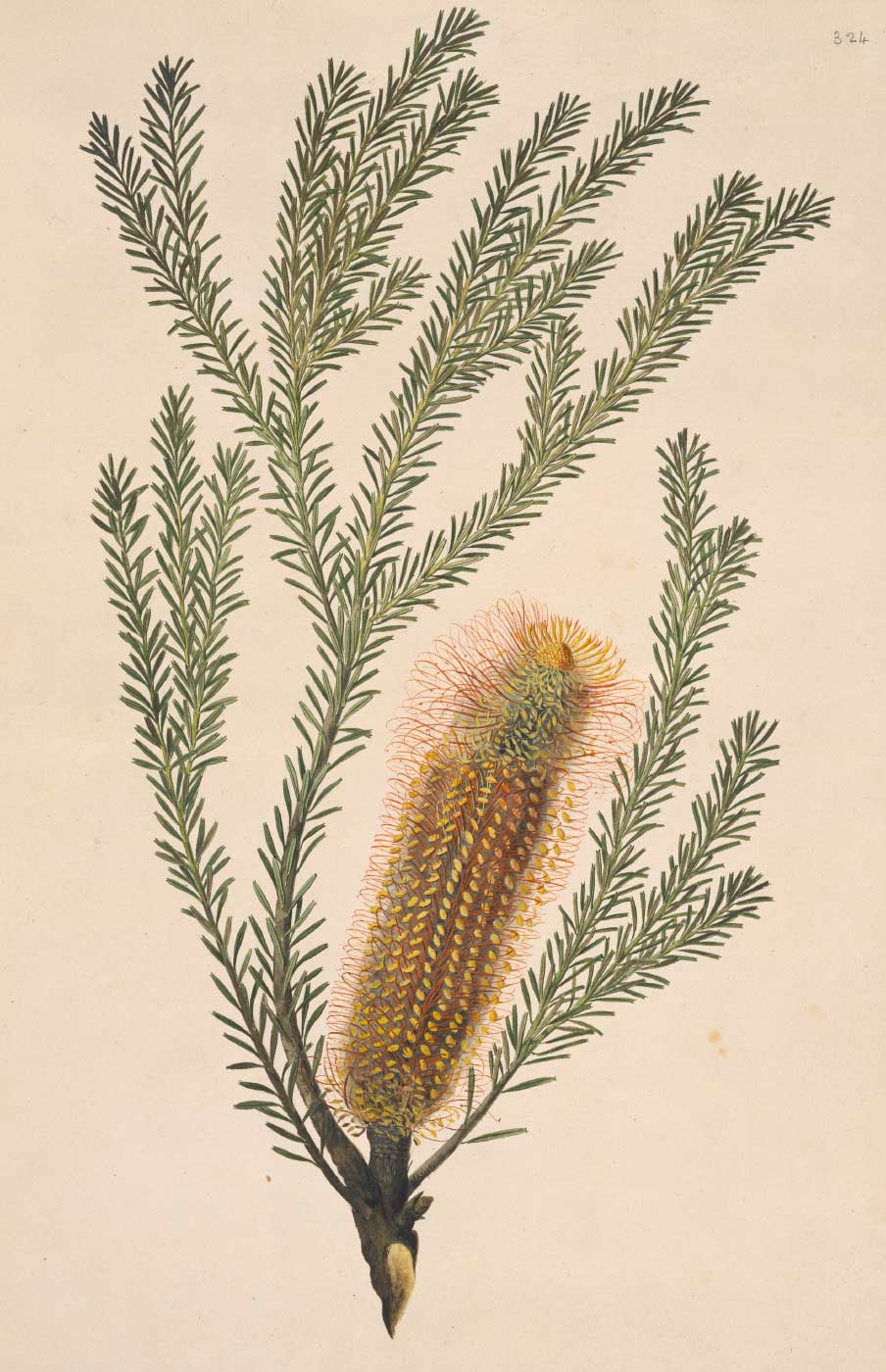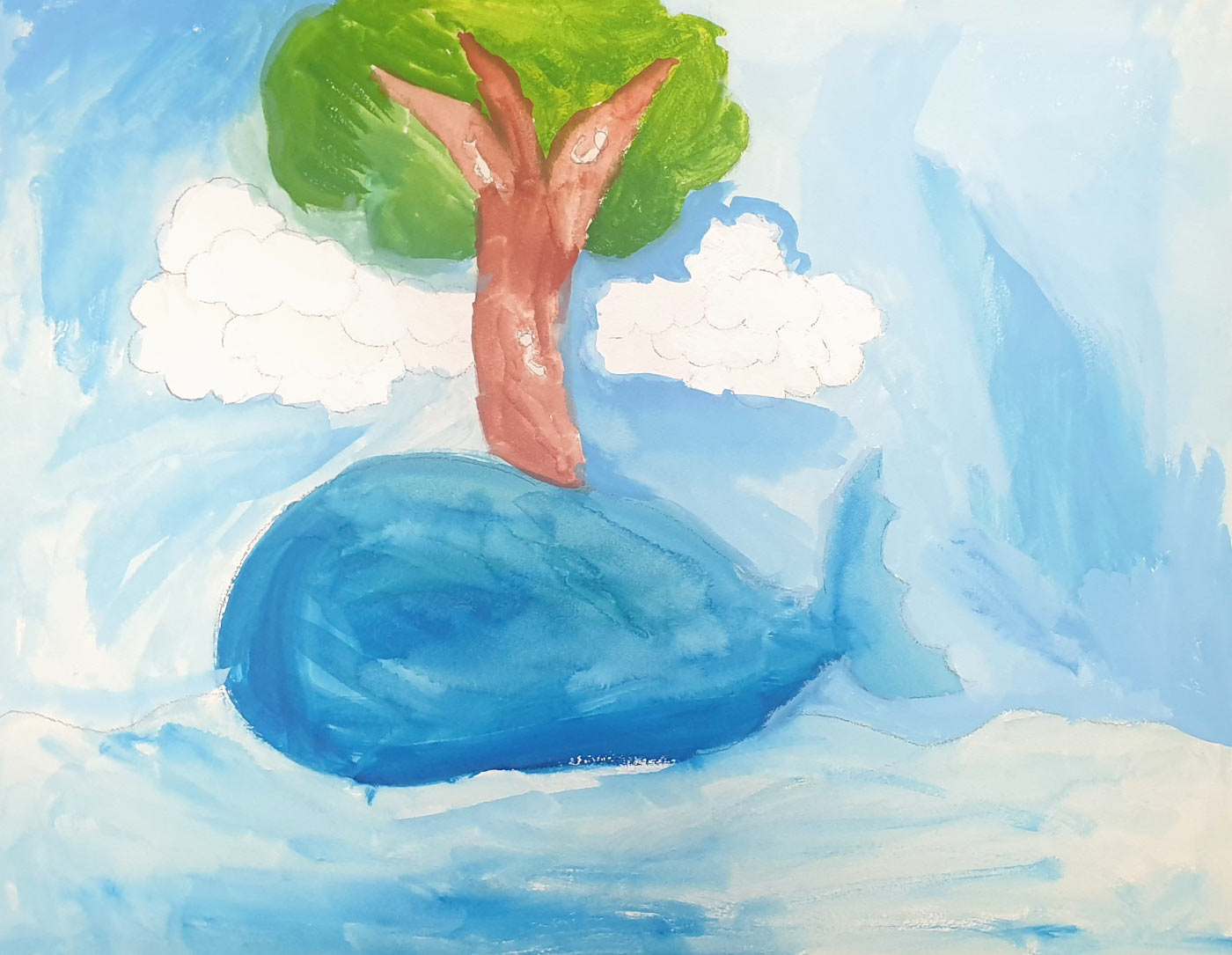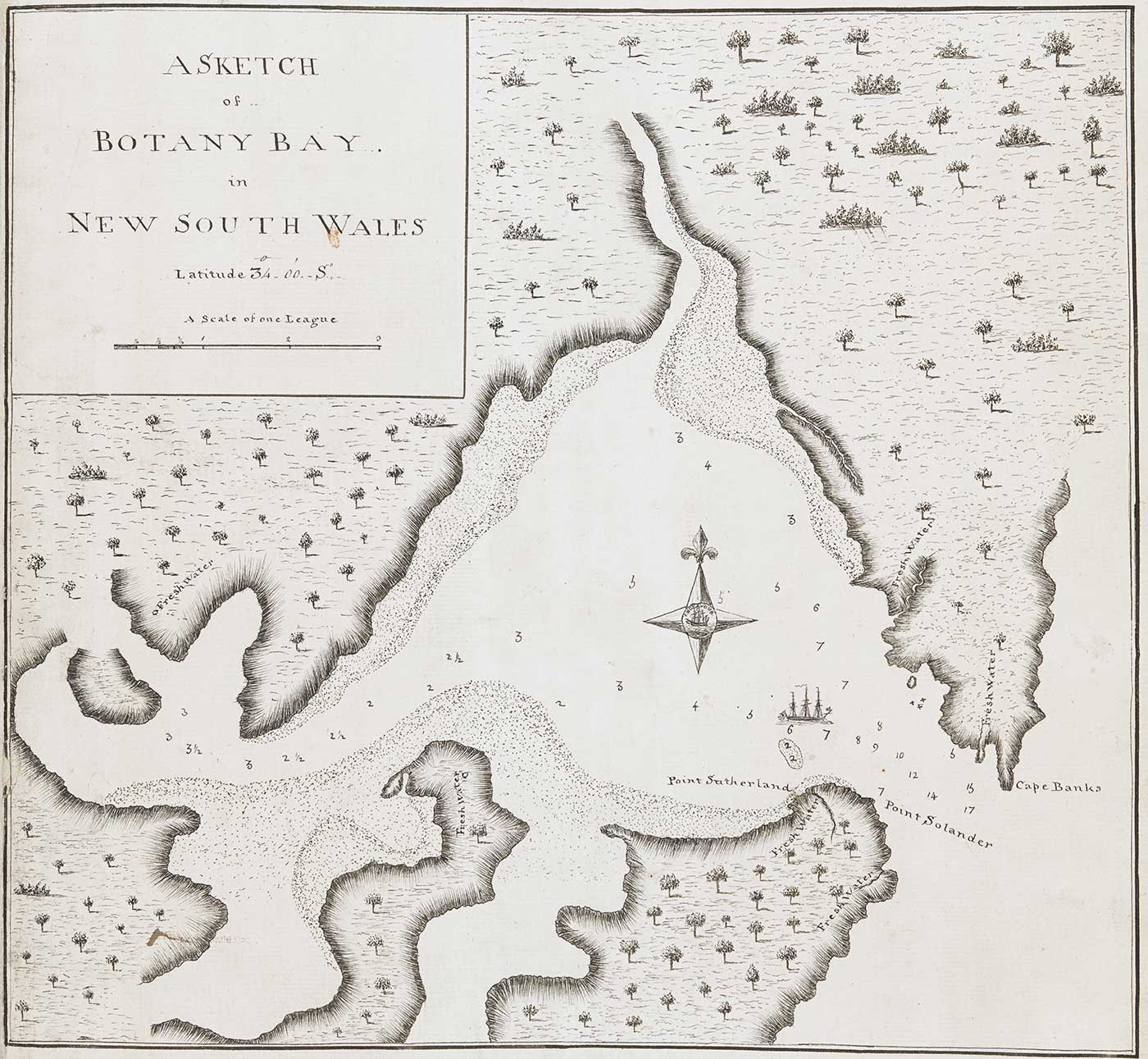Create an observational, expressive or descriptive artwork about your place, inspired by Endeavour Voyage: The Untold Stories of Cook and the First Australians.
Watch Indigenous curator Shona Coyne and Canberra artist Dr Naomi Zouwer and as they explore some of the artworks on show in Endeavour Voyage, in our Make your own artwork video.

How to make an artwork about your place
Naomi has created activities based on three different ways of seeing and documenting the world around us.
- Observational – what can you see?
- Expressive – using thoughts and feelings, for example, how do you feel after you've seen or heard a story?
- Descriptive – using symbols and words, such as maps and journals with diagrams.
How do artists see? What techniques do they use? First Australians document their history through artwork and storytelling.
Watch the animated video, Stories of our place, from Endeavour Voyage to see the world through another lens.
If you made a drawing today about your world, what would it look like? What type of drawing would you make?
Activity 1: Observational artwork

Sydney Parkinson was an artist and Joseph Banks was a botanist. They observed what they saw when they came to Australia on the HMB Endeavour in 1770.
Did you know the banksia plant is named after Joseph Banks? The 1773 watercolour painting, at right, by John Frederick Miller, is based on a drawing that Parkinson did when he first saw the plant in 1770.
You too can document and observe the world.
Skill level: ★★ Moderate
Time: 30 minutes or more (depending on skill level and design)
Ages: 8 years and up
What you need:
- paper
- pencil
- watercolour paint, water and paintbrush (or coloured pencils)
- a leaf from your place or a local park.
Step 1
- Gather your materials and find a leaf. Think about the leaf's shape, colour and details.
Step 2
- Place the leaf on your paper and then trace its outline with a pencil.
Step 3
- Look really closely at the details of your leaf. What can you see? Observe the different shapes, marks and colours. Naomi started painting the outline and filling in the background colour. As her artwork dried, she added more detail with light and dark shadows, lines and spots.
- Mix your colours and start your painting.
Step 4
- When you are finished, sign your artwork. Include your name, the date and a description or title.
Watch Naomi’s observational drawing of a gum leaf (no sound)
Activity 2: Expressive artwork

Decorate some wood like the driftwood artwork in the Endeavour Voyage exhibition.
This can tell a story about you and your world in an expressive format, such as an abstract painting.
Abstract paintings are about colour, lines and feelings.
Skill level: ★★ Moderate
Time: 30 minutes or more (depending on skill level and design)
Ages: 8 years and up
What you need:
- acrylic paint
- paintbrush and water
- a piece of wood or bark. You could also use a rock.
Step 1
Look around your yard. What can you see that tells us about your place and where you live? Some ideas our artist Naomi found were:
- Flowers that smell and remind her of home
- Dog prints left by her dog
- Ants in her yard.
Your artwork can tell a story about you. It might be inspired by the colours in your garden.
Step 2
- Can you find a piece of wood or bark on the ground? Make sure it is dry.
- Be careful to check there are no spiders or other small animals in or under it (ask an adult for help).
- Clean it with a broom or brush to remove any dirt, while you're still outside.
Does the shape of the wood look or remind you of something?
Step 3
- Sketch your ideas on paper first, then mix your colours and paint.
- Let it dry.
Watch Naomi’s expressive painting on wood (no sound)
Activity 3: Descriptive artwork

Descriptive artworks use symbols and words. Describe your place using mapping techniques like those Cook used to chart Australia.
Skill level: ★★ Moderate
Time: 30 minutes or more (depending on skill level and design)
Ages: 8 years and up
What you need:
- paper
- pencil
- textas (for the outlines)
- paint
- paintbrush and water.
Step 1
- Gather your materials.
- Sit in your backyard. Imagine you are a bird flying above. What do you see?
- Draw your yard lightly with your pencil onto the paper. Think about the shapes and the proportion. Below is Naomi’s backyard.
Step 2
- Once you have sketched all the shapes, trees and objects, colour them in. Naomi has used watercolours, but you could use pencils.
Step 3
- Now, using a texta, draw over the outline you pencilled in earlier.
- Naomi added a map legend, or key, at the bottom of her page. This is colour-coded to help describe the items. What else can you add? How about:
- a compass
- contour lines that show rises or hills
- special notes that help to describe your backyard.
There is no sound on these three videos
Explore more activities
- See examples of expressive drawing, reflecting on the past in our Through children’s eyes blog
- Play our language game: Talkin’ Guugu Yimidhirr
- Learn all about Knowing Plants from those collected on the HMB Endeavour
- Watch the animation: Dharawal Dreaming
- Listen to the story: We are strong
Share your creation
Share your creation by emailing a photo to: programs@nma.gov.au